Moscow, a city steeped in history and brimming with cultural treasures, is increasingly embracing cutting-edge technologies to enhance the visitor experience. Augmented Reality (AR) and Virtual Reality (VR) are no longer confined to the realm of gaming and entertainment. They are rapidly transforming the way tourists explore and interact with the city’s iconic landmarks and historical narratives. From immersive virtual tours that transport you to bygone eras to augmented reality overlays that bring museum exhibits to life, AR and VR Moscow are ushering in a new era of sightseeing, making it more engaging, educational, and accessible than ever before.
The Convergence of Technology and Tourism
The integration of AR and VR into tourism represents a significant shift in how people experience new places. Traditional sightseeing often involves passive observation, relying on guidebooks or audio tours to provide context. However, AR and VR offer a more active and immersive approach. AR overlays digital information, images, or animations onto the real world, typically through a smartphone or tablet screen. This allows tourists to see historical sites as they once were or to interact with virtual elements superimposed on their current surroundings.
VR, on the other hand, creates fully simulated environments that transport users to different locations or time periods. Wearing a VR headset, a visitor can explore a reconstructed historical building or participate in a virtual event that no longer exists. This level of immersion provides a deeper connection to the subject matter, making history and culture more tangible and memorable. The adoption of AR and VR Moscow signifies a move towards a more interactive and personalized tourism experience, catering to the desires of tech-savvy travelers and offering new ways to engage with the city’s rich heritage.
AR Enhancing the Real World in Moscow
Several museums and historical sites in Moscow have already begun incorporating augmented reality to enrich the visitor experience. For example, at certain historical landmarks, an AR application might allow you to point your smartphone at a building and see a digital reconstruction of what it looked like centuries ago. This can provide a fascinating visual comparison between the past and the present, offering a deeper understanding of the site’s evolution over time.
Furthermore, AR can be used to enhance museum exhibits. Instead of simply reading a label, a visitor could use an AR app to scan an artifact and see a 3D model of it, learn more detailed information through interactive pop-ups, or even watch a virtual animation demonstrating its original use. This layer of digital content adds depth and interactivity to the traditional museum visit, catering to different learning styles and making the experience more engaging for a wider audience. This application of AR and VR Moscow helps to bridge the gap between static displays and dynamic storytelling.
Additionally, AR can be integrated into city tours, providing digital overlays of historical information as you walk through different neighborhoods. Imagine pointing your phone down a street and seeing virtual figures from the past strolling along the same path, or seeing archival photographs seamlessly blended with the current cityscape. These kinds of experiences can transform a simple walk into a captivating journey through time, offering a unique and memorable way to connect with Moscow’s history.
Immersive VR Experiences in Moscow’s Cultural Sphere
Virtual Reality offers an even more transformative approach to sightseeing, allowing visitors to step into fully realized digital environments. Several institutions in Moscow are developing VR experiences that transport users to different times and places. For instance, a history museum might offer a VR tour of a medieval Kremlin, allowing visitors to walk through its long-vanished buildings and interact with virtual inhabitants. This level of immersion can provide a powerful sense of presence, making history feel more real and relatable.
Art museums are also exploring the potential of VR. Imagine being able to step inside a famous Russian painting, to walk through the landscapes depicted or to examine the artist’s brushstrokes in incredible detail. VR can offer perspectives and levels of intimacy with artworks that are simply impossible in the physical world. This can lead to a deeper appreciation and understanding of the artist’s vision and technique. The development of AR and VR Moscow experiences in the art world promises to revolutionize how we engage with creativity.
Furthermore, VR can be used to make cultural heritage more accessible. For individuals who are unable to travel to Moscow or who have mobility limitations, VR tours can offer a compelling alternative, allowing them to explore the city’s landmarks and museums from the comfort of their own homes. This democratizing potential of VR is particularly significant, opening up the wonders of Moscow to a global audience.
The Practicalities and Potential of Future Sightseeing
While still in its early stages, the integration of AR and VR into Moscow’s tourism sector holds immense potential. As the technology continues to evolve and become more affordable and user-friendly, we can expect to see even more innovative applications emerge. Imagine visiting a theater and using AR to see historical costumes superimposed on the actors or attending a concert and using VR to experience it from different vantage points in the hall.
The practical benefits of these technologies are also significant. AR can provide real-time information about attractions, translate signs and menus, and even offer step-by-step navigation through complex sites. VR can offer pre-visit tours, allowing travelers to familiarize themselves with a destination before they even arrive, potentially enhancing their on-site experience. The future of sightseeing in Moscow is likely to be a blend of physical exploration and digital enhancement, with AR and VR Moscow playing an increasingly prominent role in shaping how we discover and connect with the city’s rich tapestry of history and culture.
In conclusion, the introduction of AR and VR experiences marks an exciting new chapter for sightseeing in Moscow. These technologies offer unprecedented opportunities for immersion, interaction, and accessibility, transforming the way visitors engage with the city’s cultural heritage and urban landscape. As Moscow continues to embrace these digital innovations, the future of tourism promises to be a captivating blend of the physical and the virtual, offering richer, more personalized, and ultimately more memorable experiences for all who come to explore its wonders.

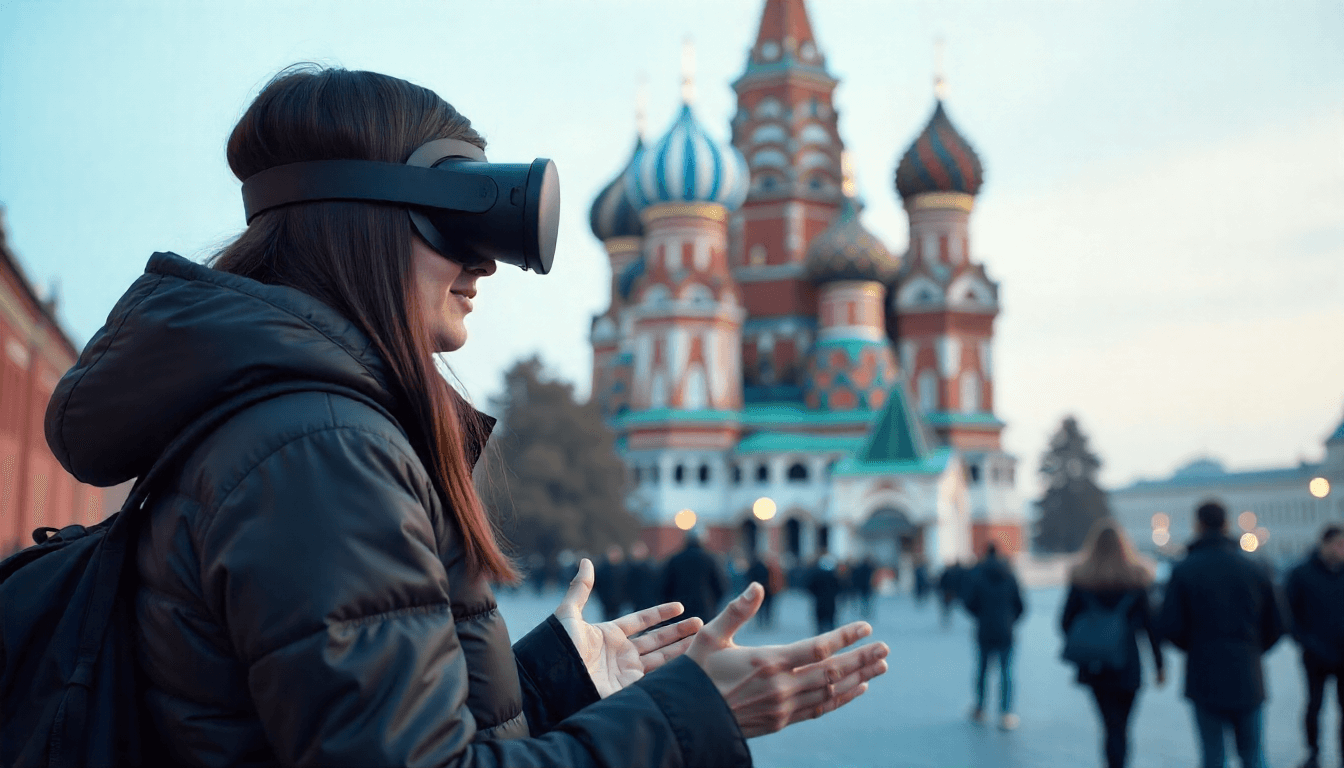 AR and VR Experiences in Moscow: The Future of Sightseeing">
AR and VR Experiences in Moscow: The Future of Sightseeing">

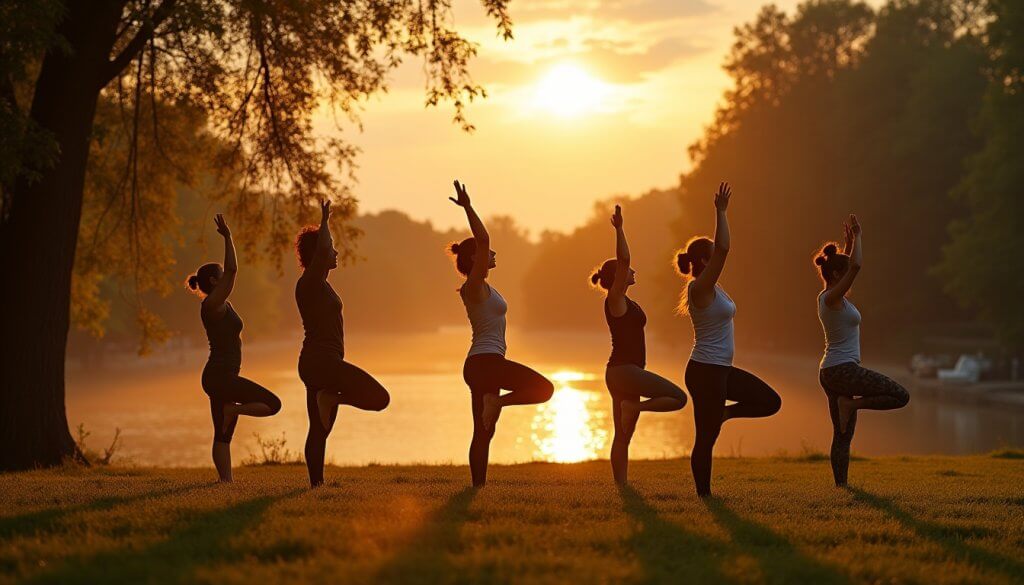 Fitness and Wellness Activities for Health-Conscious Tourists in Moscow">
Fitness and Wellness Activities for Health-Conscious Tourists in Moscow">
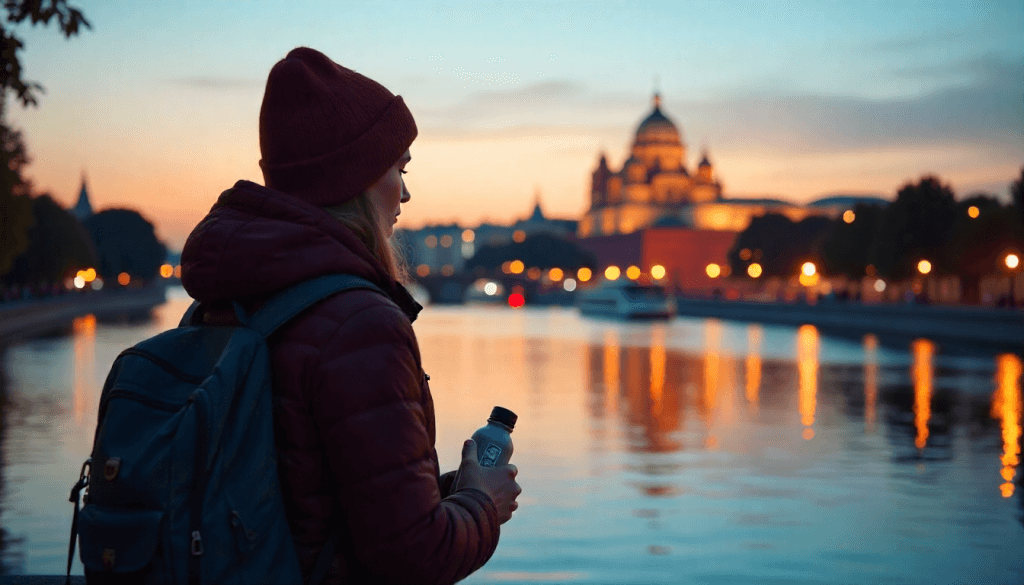 Sustainable Moscow Tourism: How Visitors Can Help in 2025">
Sustainable Moscow Tourism: How Visitors Can Help in 2025">
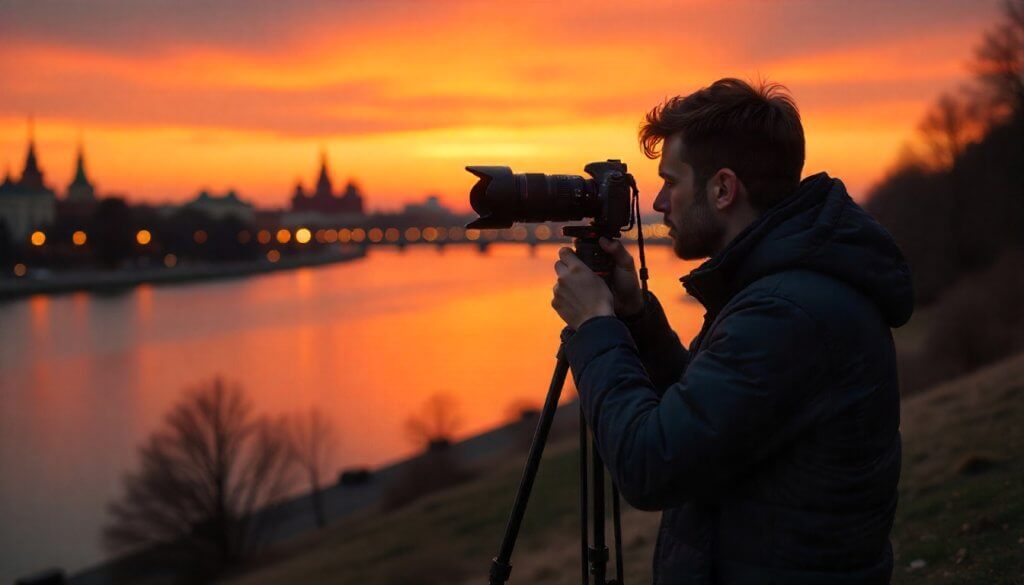 Best Sunset Spots in Moscow for Photographers in 2025">
Best Sunset Spots in Moscow for Photographers in 2025">
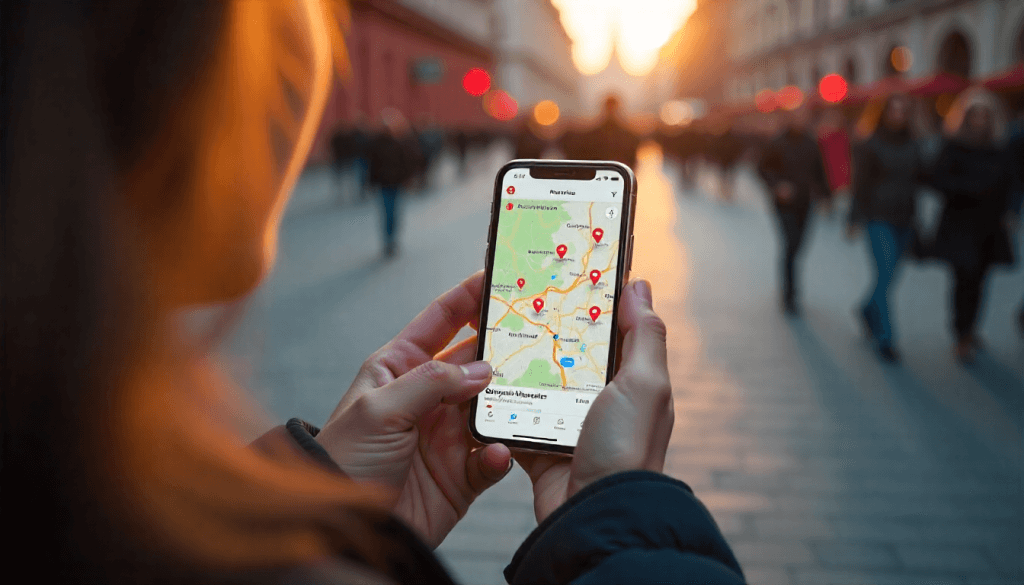 Moscow Pass App Mastery: Hidden Features Every Tourist Should Know">
Moscow Pass App Mastery: Hidden Features Every Tourist Should Know">
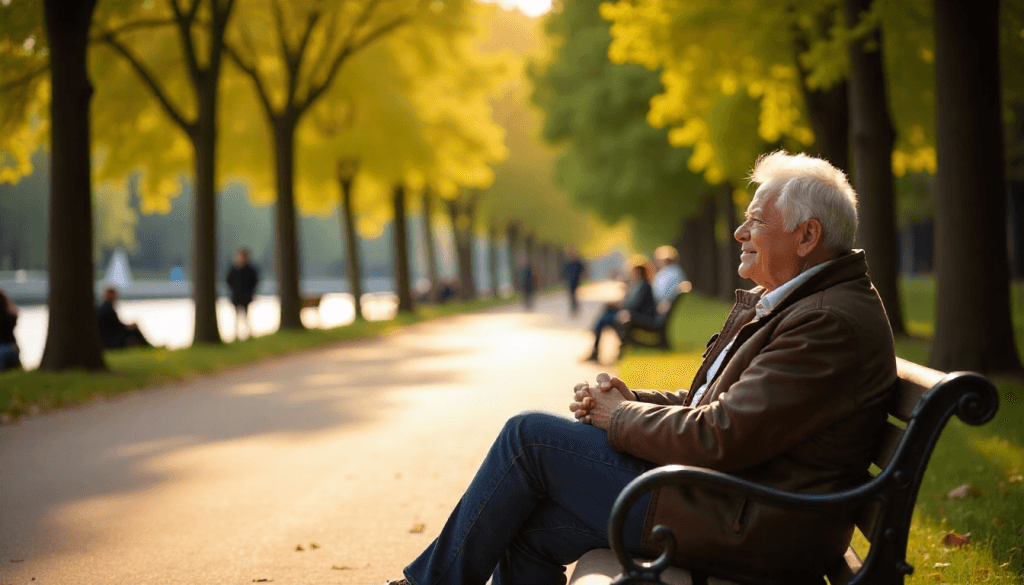 Senior-Friendly Moscow: Comfortable Attractions for Mature Travelers">
Senior-Friendly Moscow: Comfortable Attractions for Mature Travelers">
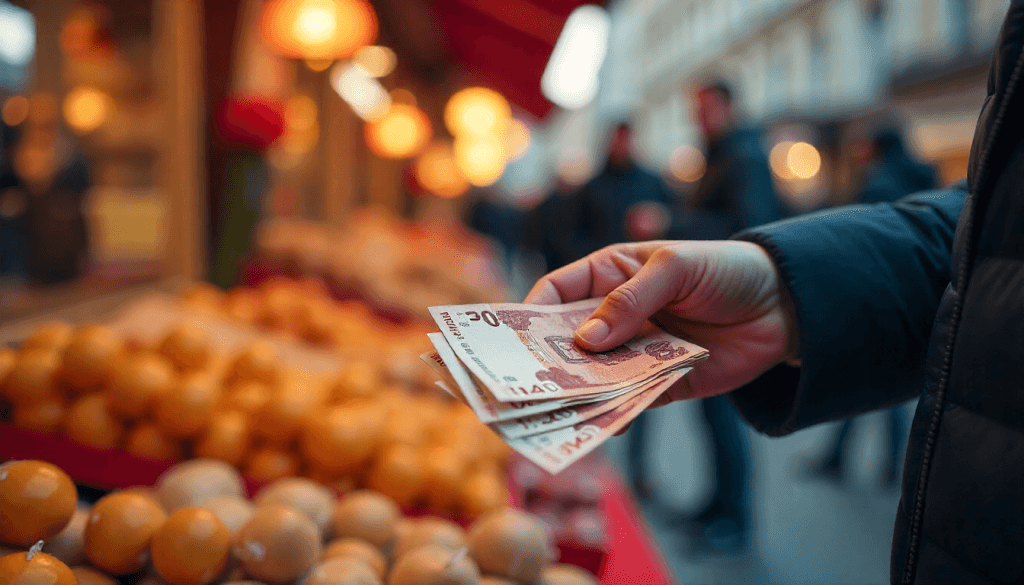 Currency and Payment Guide: Managing Money During Your Moscow Visit">
Currency and Payment Guide: Managing Money During Your Moscow Visit">
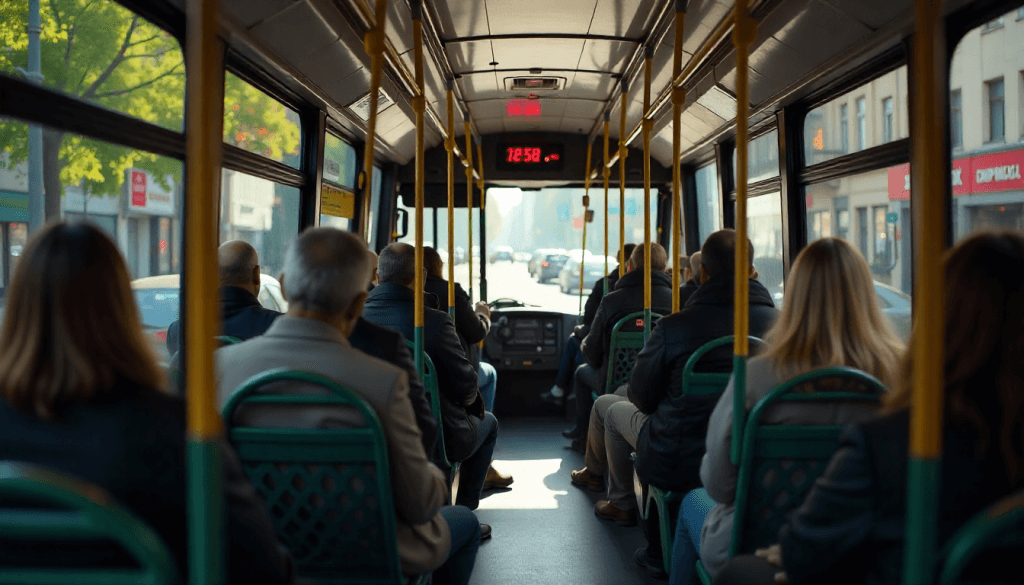 Getting Around Moscow: Metro, Buses, and Alternative Transport Options">
Getting Around Moscow: Metro, Buses, and Alternative Transport Options">
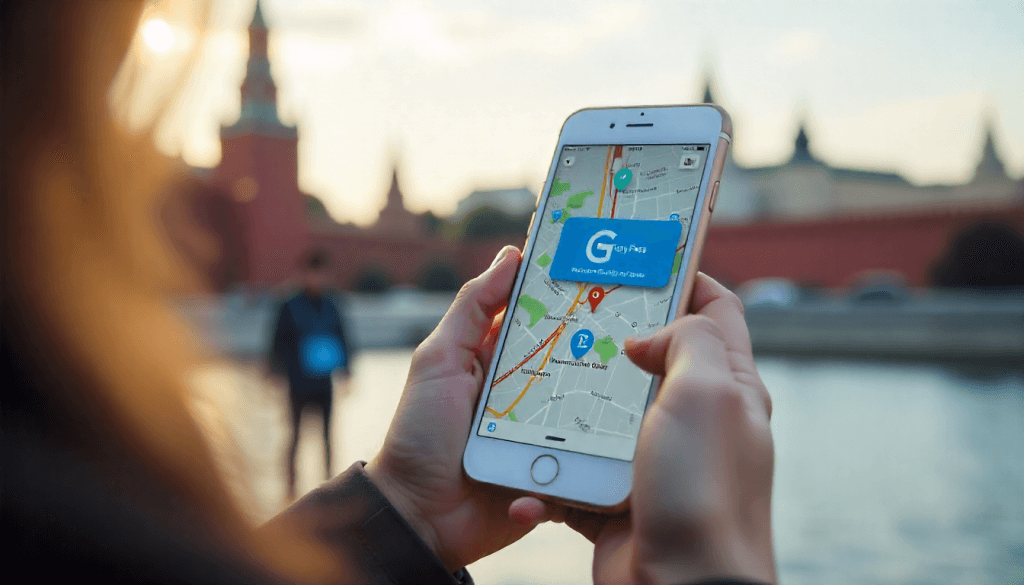 Moscow Pass Digital Features: Maximizing Your Tech-Enhanced Experience">
Moscow Pass Digital Features: Maximizing Your Tech-Enhanced Experience">
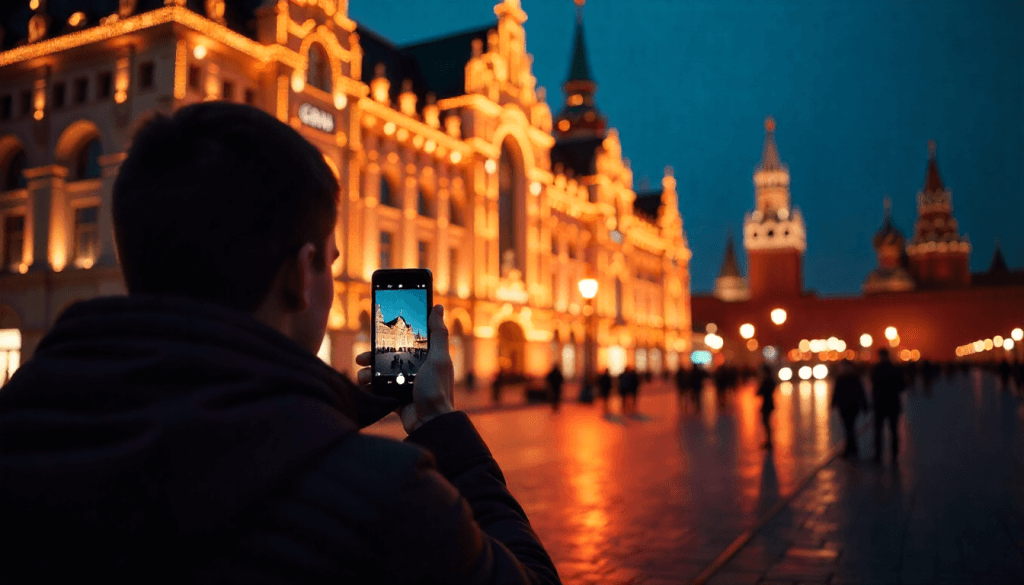 Moscow Through Your Phone: Best Photography Apps and Editing Tips">
Moscow Through Your Phone: Best Photography Apps and Editing Tips">
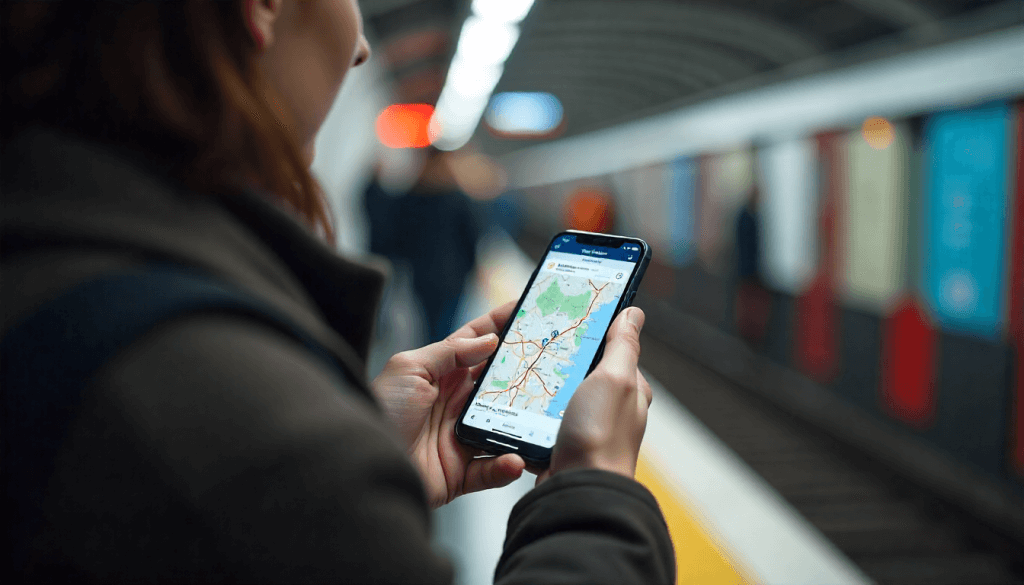 Smart Tourism in Moscow: Apps and Digital Tools for Modern Travelers">
Smart Tourism in Moscow: Apps and Digital Tools for Modern Travelers">